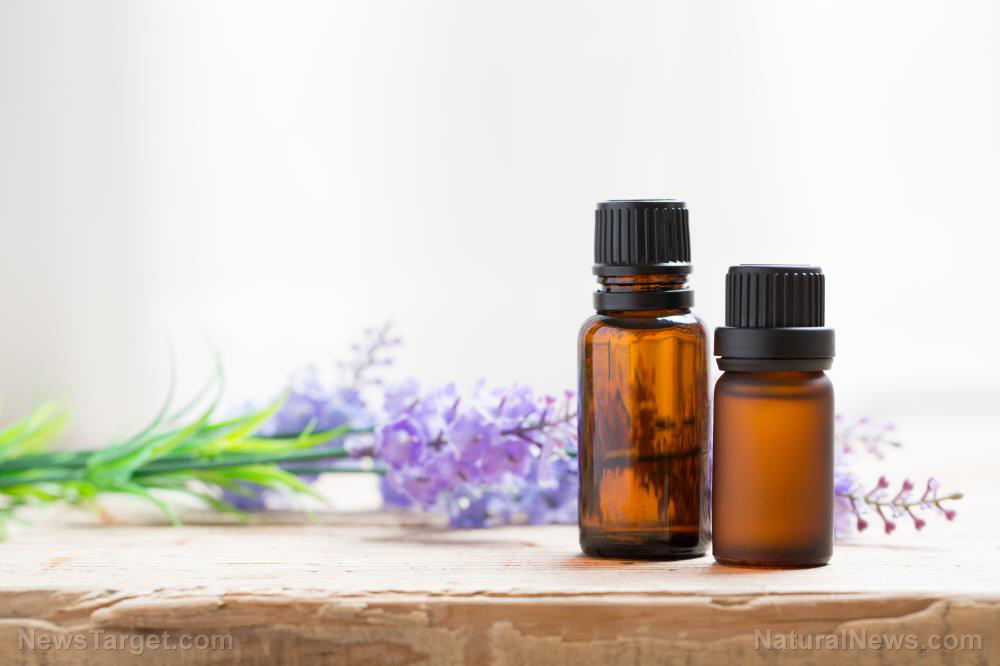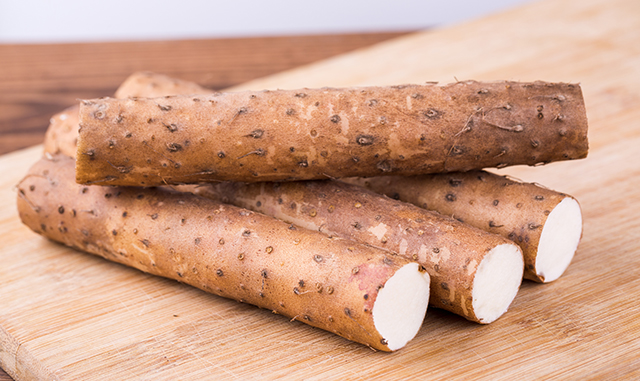Eating foods rich in carotenoids significantly reduces your risk of breast cancer
02/18/2019 / By Vicki Batts

Eating an array of colorful fruits and vegetables is an integral part of any healthy diet, but some of the most potent cancer-fighting compounds can be found in warm-hued produce. Carotenoids are predominately found in foods that are red, orange and yellow — though some leafy greens are also a great source of these cancer-fighting compounds.
Carotenoids are plant nutrients that offer an array of health benefits, including antioxidant activity, immune system support and more. There are many different types of carotenoids, so choosing an assortment of nutritionally dense foods is a great way to ensure you’re getting a variety of valuable nutrients. The “standard American diet” is known for its substantial lack of nutritive value, so working towards eating more carotenoid-rich foods can also be a great step towards the goal of healthier eating.
Keep cancer at bay with carotenoids
What are carotenoids, exactly? They are fat-soluble pigment compounds found in plants. Most commonly, carotenoids produce bright shades of red, orange and yellow — but sometimes, as in the case of kale, the plant may be a deep shade of green.
There are over 600 different carotenoids, but some of the most commonly discussed include beta carotene, lycopene, lutein and zeaxanthin.
As Natural Health 365 reports, there is a bevvy of evidence demonstrating caretenoids’ capacity to fight off cancer. In a recent study of women, researchers found that women who consumed more carotenoids could reduce their risk of breast cancer by up to 33 percent.
The Institute of Medicine reportedly suggests that consuming 3 to 6 milligrams of beta carotene, a well known carotenoid, is all that is needed to substantially reduce cancer risk.
The power of the elements: Discover Colloidal Silver Mouthwash with quality, natural ingredients like Sangre de Drago sap, black walnut hulls, menthol crystals and more. Zero artificial sweeteners, colors or alcohol. Learn more at the Health Ranger Store and help support this news site.
In addition to reducing the risk of breast cancer, studies have shown that carotenoids can help reduce your chances of skin cancer and lung cancer.
More about carotenoids
While there are many different carotenoids, all can be divided into one of two types: Xanthophylls and carotenes.
Some carotenoids are also pro-vitamin A, which means the human body can convert the nutrient into vitamin A. Pro-vitamin A carotenoids include alpha carotene, beta carotene and beta cryptoxanthin.
As Healthline explains, xanthophylls contain oxygen and are likely to be more yellow in color. Carotenes, on the other hand, do not contain oxygen. These types of carotenoids are associated with plant growth, but also offer many other benefits.
Some examples of veggies rich in carotenes, like beta carotene or lycopene, include carrot, sweet potato, pumpkin, winter squash varieties, tomatoes, along with fruits like papaya.
Kale, spinach, yellow squash and pumpkin are some good choices that are rich in xanthophyll carotenoids, such as lutein. For optimal nutrition, be sure to include foods from both groups in your diet.
In addition to being found in fruits and veggies, carotenoids can also be found in microalgae. Such is the case with astaxanthin, a potent antioxidant nutrient found in microscopic algae and salmon. Astaxanthin is what gives salmon (and flamingos) their signature pink hue, and is known for its myriad of health benefits, including cancer prevention and reducing inflammation.
Across the board, carotenoids have many health benefits to offer. Some research even suggests carotenoid consumption can boost brain function. Fortunately, you can meet your body’s nutrient needs with a variety of whole foods and get extra support with supplements if you so choose.
Learn more about the healing power of food at Food.news.
Sources for this article include:
Tagged Under: anticancer, anticancer foods, antioxidants, beta carotene, carotenoids, food science, good food, healthy eating, ingredients, nutrients, phytonutrients, polyphenols, prevent disease




















